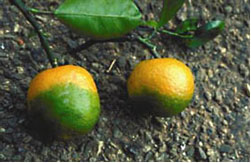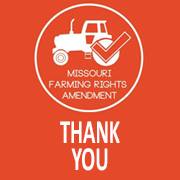 Hello and welcome to the ZimmCast and thank you GROWMARK for continuing to be the sponsor for this podcast which is now on weekly episode 451!
Hello and welcome to the ZimmCast and thank you GROWMARK for continuing to be the sponsor for this podcast which is now on weekly episode 451!
 This week we’re going to get an update on the Great American Wheat Harvest documentary film from producer/director Conrad Weaver. Conrad’s film is helping educate the non-farm community all over the country about where the bread on their table comes from. We need a lot of this and distribution sponsorships are still available.
This week we’re going to get an update on the Great American Wheat Harvest documentary film from producer/director Conrad Weaver. Conrad’s film is helping educate the non-farm community all over the country about where the bread on their table comes from. We need a lot of this and distribution sponsorships are still available.
Besides local movie theater screenings Conrad says the film will come out for purchase on DVD/Blue Ray in October and he’s working on an online distribution opportunity as well. The DVD will contain outtakes and extra footage of the harvesters featured in the film itself.
Listen in to this week’s program here: Great American Wheat Harvest Update









